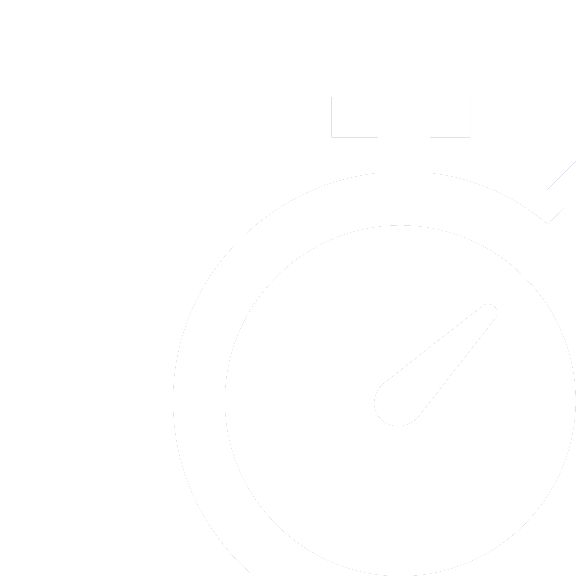State Highway Reliability Report - Illinois
The information below summarizes the TPM Highway Reliability performance measures, which include two highway reliability measures and one truck travel time reliability measure. Per 23 CFR 490, State Departments of Transportation (DOTs) are required to establish 2- and 4-year targets for these measures. The targets should represent the anticipated condition/performance at the mid-point and end of the 4-year performance period. State DOTs establish targets at the beginning of each 4-year performance period, and report on progress every two years. When establishing targets, State DOTs have the flexibility to use the methodology they deem most appropriate. FHWA encourages States to review data sets and trends and consider factors that may affect targets. Performance targets should be data-driven, realistic, and attainable and should align with the performance management framework and legislative intent.
The targets and discussion of basis for targets, optional adjustment of targets, progress, and planned activities were provided by the State DOT in its most recent biennial performance report. FHWA has not edited this information. It is provided to help bring context to the State DOT's performance targets and progress. The data in the tables and graphs is from the biennial performance report or HPMS data submittal as noted below each measure summary. Any questions about the information should be directed to the State DOT.
Data reported by State DOTs was collected in the previous year, representing the condition/performance at the time of collection. Thus, in the tables and graphs below, FHWA labels data with the year representing the condition/performance, rather than the year the data was reported. The same thing is done for the targets--the year represents when the corresponding actual condition/performance data will be collected, not reported. More Information.
Significant Progress Determination
FHWA determines significant progress for these measures after the mid-point and end of each performance period. A State has met or made significant progress toward target achievement if “actual” condition/performance is equal to or better than the established two-year target or “actual” condition/performance is better than baseline performance 23 CFR 490.109(e). As provided in 23 CFR 490.107(b)(2)(ii)(A), baseline condition/performance is derived from the latest data collected through the beginning date of the performance period. FHWA will classify the assessment of progress toward the achievement of an individual 2-year or 4-year target as “progress not determined” if a State provides the extenuating circumstance information required in 23 CFR 490.109(e)(5), and FHWA accepts the information.
Most recent Significant Progress Determination for the Reliability measures
Most recent Significant Progress Determination for all applicable measures
Significant Progress Determination
This table shows FHWA’s most recent determination for the Infrastructure performance measures.
PLEASE NOTE: Each State’s performance target assessment is based on its own State-specific target methodology and program philosophy. Therefore, conclusions should not be drawn based only on the information in the Significant Progress Determination Results table. FHWA understands that each State’s program is unique and therefore does not prescribe a methodology for States to set targets. States have the flexibility to use the methodology they deem most appropriate when setting their performance targets.
| Measure Area | Measures | Baseline | Target | Actual | Better than Baseline? |
Achieved Target? | Made Significant Progress? |
Consequences [23 CFR 490.109(f)] |
|
|---|---|---|---|---|---|---|---|---|---|
| The performance of the National Highway System | Interstate Travel Time Reliability | 80.8 | 77.0 | 85.3 | Yes | Yes | Yes | None | |
| Non-Interstate NHS Travel Time Reliability | 89.63 | 83.3 | 94.2 | Yes | Yes | Yes | |||
| Freight movement on the Interstate System | Freight Reliability | 1.30 | 1.37 | 1.28 | Yes | Yes | Yes | None | |
3 The 2-year condition/performance, in 2020 Mid Performance Period Progress Report, as the baseline condition/performance, as required in 23 CFR 490.105(e)(7)(iii).


